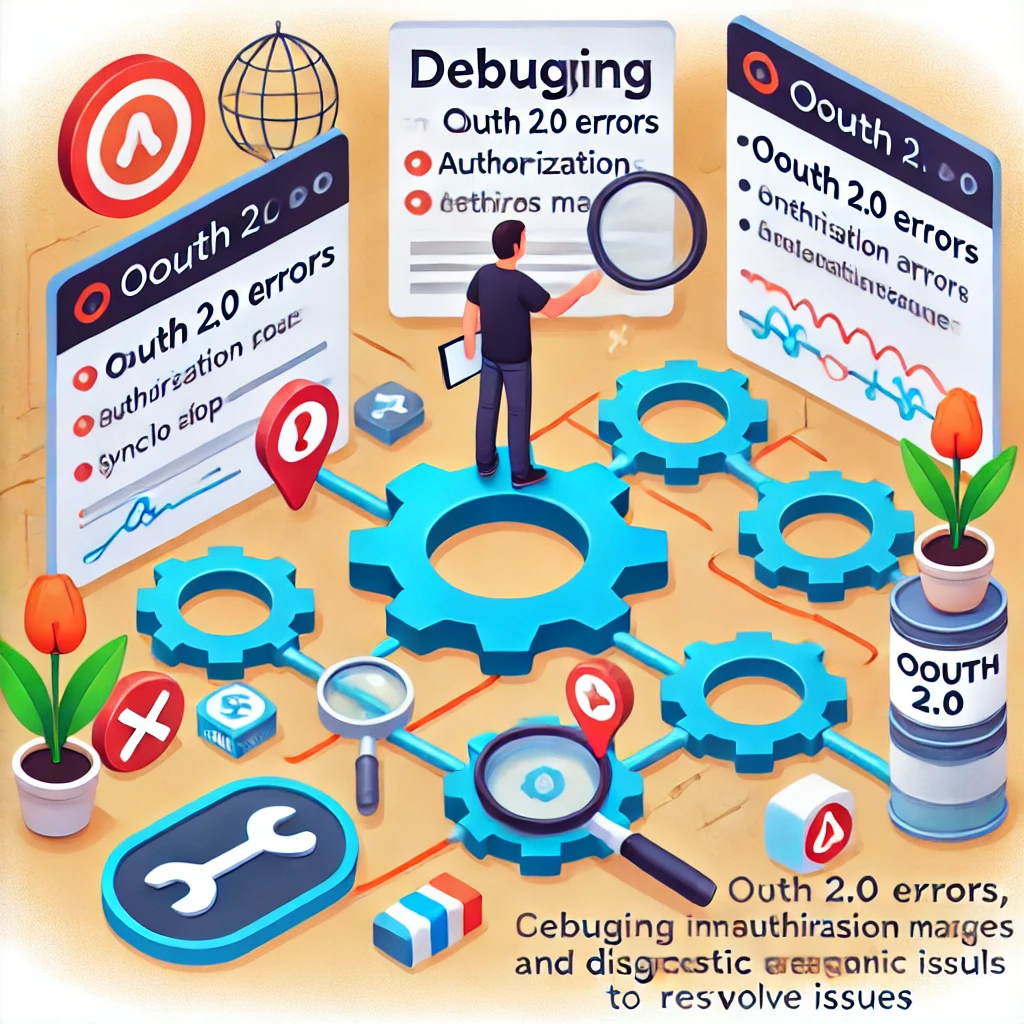Using Syncloop for Secure Multi-Tenant API Architectures

In this blog, we explore how Syncloop simplifies the development of multi-tenant APIs, its key features, and best practices for implementing secure and scalable solutions.
The Importance of Multi-Tenant API Architectures
A multi-tenant API architecture allows multiple tenants (users, teams, or organizations) to share the same application infrastructure while maintaining data isolation and privacy. This approach offers numerous benefits:
- Cost Efficiency: Shared resources reduce operational costs.
- Scalability: The architecture can accommodate new tenants without significant redesign.
- Simplified Maintenance: Centralized updates benefit all tenants simultaneously.
Despite these advantages, developers must address challenges like data segregation, secure authentication, and tenant-specific configurations.
How Syncloop Facilitates Secure Multi-Tenant Architectures
Syncloop offers a comprehensive set of tools to build secure and efficient multi-tenant APIs. Here’s how it helps:
1. Tenant-Aware API Gateways
Syncloop enables the creation of API gateways that distinguish and route requests based on tenant-specific identifiers. This ensures each tenant accesses only their allocated resources.
2. Dynamic Authentication and Authorization
With support for dynamic roles and policies, Syncloop simplifies the implementation of secure authentication mechanisms. OAuth, JWT tokens, and custom auth flows can be easily configured to suit tenant requirements.
3. Data Segregation
Syncloop facilitates data isolation by integrating with databases and enabling tenant-specific schema configurations. Developers can map tenant data to separate partitions or tables, ensuring privacy and compliance.
4. Role-Based Access Control (RBAC)
The platform supports granular role-based access control, allowing administrators to define tenant-specific permissions for APIs, ensuring only authorized actions are performed.
5. Customizable Workflows
Syncloop allows tenant-specific customization of workflows, ensuring flexibility while maintaining a unified architecture. This feature is particularly useful for delivering personalized experiences to tenants.
6. Logging and Monitoring
Integrated logging and monitoring tools help track API usage per tenant, detect anomalies, and ensure adherence to SLAs (Service Level Agreements).
Benefits of Using Syncloop for Multi-Tenant APIs
1. Enhanced Security
With built-in support for encryption, tokenization, and role-based access, Syncloop ensures tenant data remains secure and inaccessible to unauthorized users.
2. Simplified Development
Developers can focus on business logic rather than building multi-tenant features from scratch, thanks to Syncloop’s prebuilt tools and templates.
3. Operational Efficiency
Centralized control over APIs and workflows reduces the administrative overhead of managing multiple tenants.
4. Scalability
The platform’s dynamic architecture allows businesses to onboard new tenants effortlessly, ensuring consistent performance even as demand grows.
5. Compliance-Ready
Syncloop’s data segregation and logging features simplify compliance with industry regulations like GDPR, HIPAA, and PCI-DSS.
Real-World Applications of Syncloop in Multi-Tenant APIs
1. SaaS Platforms
Software-as-a-Service (SaaS) providers use Syncloop to deliver tenant-specific configurations, ensuring a tailored user experience while maintaining shared infrastructure.
2. Financial Services
Banks and financial institutions rely on Syncloop to handle multi-tenant workflows like loan processing and customer relationship management, ensuring data security and regulatory compliance.
3. E-Learning Platforms
Educational technology providers use Syncloop to offer personalized learning environments for schools and organizations while maintaining centralized content management.
4. Healthcare Applications
Healthcare providers leverage Syncloop’s data isolation and compliance features to manage patient records securely in multi-tenant environments.
Best Practices for Building Secure Multi-Tenant APIs with Syncloop
- Implement Strong Authentication: Use OAuth or similar standards for secure authentication and tenant verification.
- Leverage Tenant-Specific Identifiers: Ensure all API requests are tagged with unique tenant IDs for routing and data segregation.
- Define Clear Access Policies: Use Syncloop’s RBAC features to restrict access based on roles and responsibilities.
- Monitor and Audit API Usage: Regularly review logs to detect suspicious activities and ensure SLAs are met.
- Use Encryption: Protect sensitive data with robust encryption techniques during transit and at rest.
- Optimize for Scalability: Design workflows and APIs to handle growing tenant demands without compromising performance.
Conclusion
Building secure multi-tenant API architectures is no small feat, but Syncloop simplifies the process with its comprehensive features and intuitive interface. From tenant-aware gateways to dynamic authentication and robust monitoring tools, Syncloop empowers developers to create scalable, secure, and efficient solutions.
By adopting best practices and leveraging the platform’s capabilities, businesses can maximize their ROI and deliver exceptional services to tenants. As organizations continue to embrace cloud-based solutions, Syncloop will remain a trusted partner in their journey toward operational excellence.
A conceptual graphic showcasing tenant-specific API requests routed securely through a central gateway, emphasizing Syncloop’s multi-tenant capabilities.
Back to Blogs